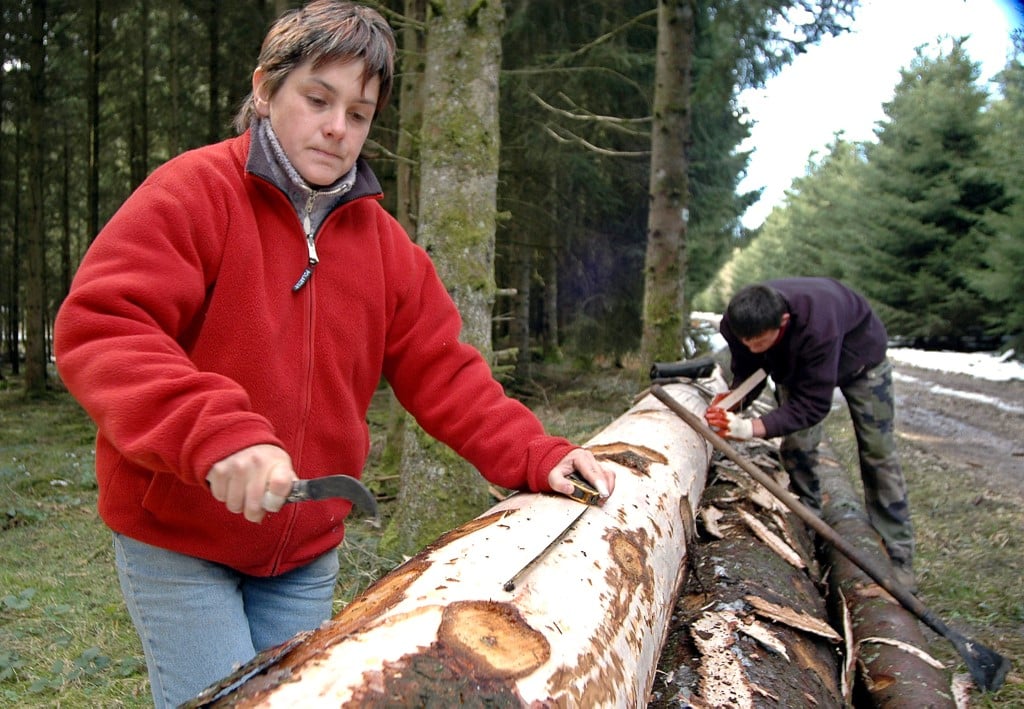CHEESE
French cheeses recalled in Germany over E.Coli risk
Two types of French cheese have been recalled in Germany over fears they could be contaminated with E.coli, the German food safety authority announced on Tuesday.
Published: 1 May 2019 18:21 CEST

The German food safety authority asked for Saint-Marcellin and Saint Félicien cheeses to be recalled. Photo: Open Food Facts
The decision came just a few days after a similar scare in France, the German food safety authority announced on Tuesday.
French cheesemaker, Fromagerie Alpine, has been asked to recall its cheeses Saint-Felicien and Saint-Marcellin, sold in Germany under the name “Xavier David, tradition of good cheese, Alpine”, the authority said.
The move was a precaution over concerns the brands could have been contaminated with the bacteria E.coli type 026, commonly found in the intestines of humans, livestock and other animals. It is excreted in faeces and generally spread through contaminated food and water, but also can be passed among humans.
French health authorities recalled the two same two cheeses from Fromagerie Alpine and other producers on April 27 as a precaution after several young children were infected with the bacteria.
Url copied to clipboard!



 Please whitelist us to continue reading.
Please whitelist us to continue reading.
Member comments